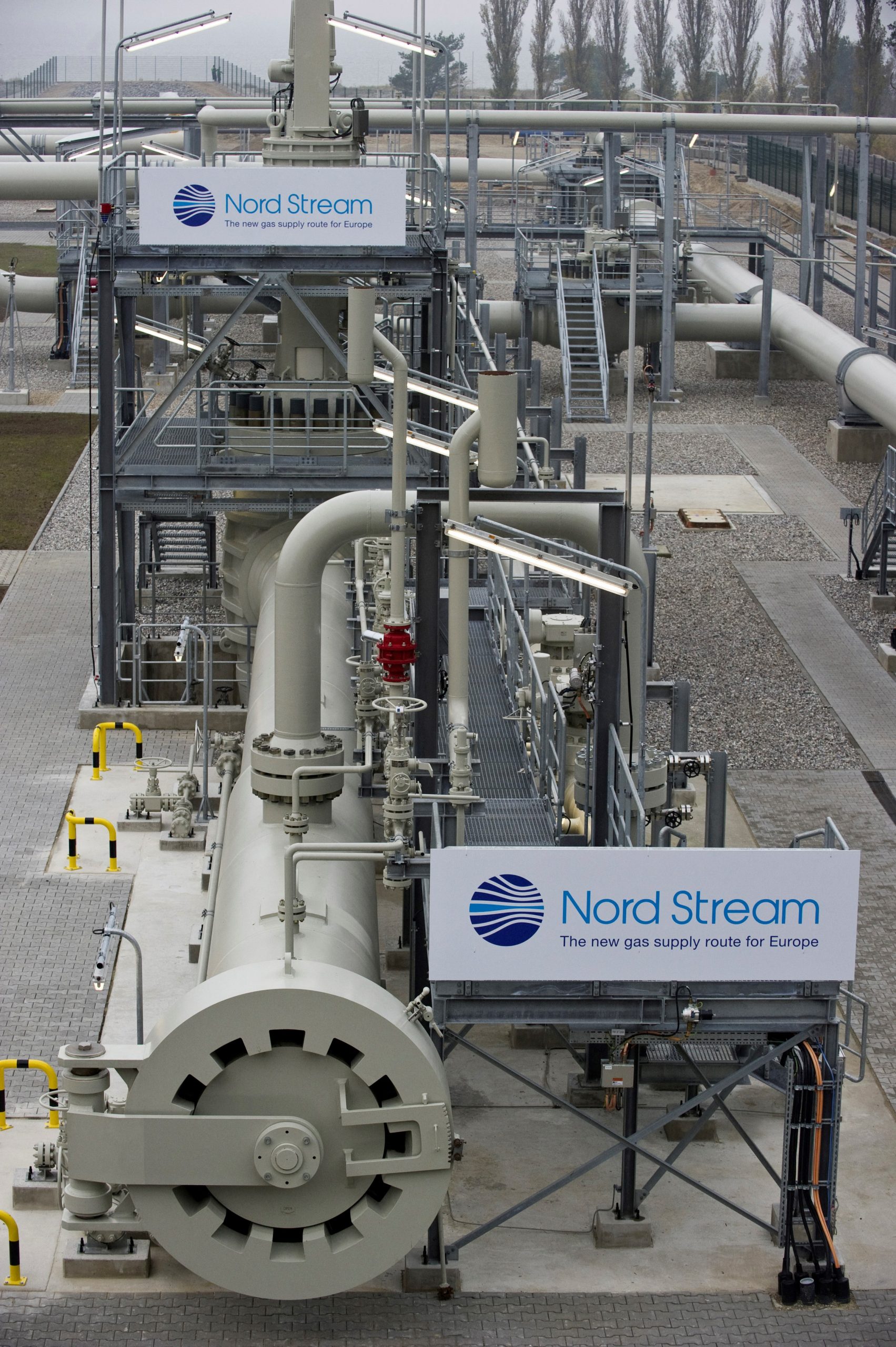News Highlight
Russia restored critical gas supplies to Europe through Germany via the Nord Stream pipeline after 10 days of maintenance.
Key Takeaways.
- Germany is heavily dependent on Russian gas and had feared that Moscow would not reopen the pipeline after the scheduled work and accused Moscow of using energy as a “weapon.”
- However, the pipeline is barely operating at 40% of its capacity.
- Nord Stream 1’s steady drop in gas supply will probably make it harder for nations to restock before winter when gas demand is substantially higher.
- European nations have been exploring alternate gas suppliers, such as LNG (Liquefied Natural Gas) from the US that can be shipped.
- However, establishing the infrastructure required to import gas from new suppliers can be costly and time-consuming.
The Nord Stream Gas Pipeline

- Nord Stream’s twin pipeline transports natural gas from Russia to Europe through the Baltic Sea.
- It consists of two pipelines.
- Nord Stream 1 was completed in 2011 and ran from Vyborg in Leningrad (Russia) to Lubmin near Greifswald, Germany.
- Nord Stream 2, which runs from Ust-Luga in Leningrad to Lubmin, was completed in September 2021.
- For at least 50 years, the twin pipelines can deliver 110 billion cubic metres (bcm) of gas to Europe.
- It passes across the territorial waterways of Germany, Finland, Sweden, Denmark, and Russia and their respective Exclusive Economic Zones (EEZs).
- The pipeline links to the NEL (North European Pipeline) and OPAL (Baltic Sea Pipeline) in Germany, which are further connected to the European grid.
Pic Courtesy: Business Line
Content Source: The Hindu



